Traditional Stoicism: The 3 Pillars of Stoicism
How to think, How to live, and How to act
Life is complicated, messy, and loaded with more twists and turns than a soap opera. Wars, pandemics, political chaos, you name it, it’s on the menu. Now imagine dealing with all that nonsense back in ancient Greece, a few centuries before the internet could even offer a distracting meme.
Around 300 BC, a guy named Zeno of Citium walked into this chaos and introduced Stoicism, a philosophy wired to help you keep your cool in a world gone mad. We’re talking about a system built on three rock-solid pillars: Logic, Physics, and Ethics. Basically how to think, how to live, and how to act without losing your sanity.
Logic: The Art of Thinking
Logic, for Stoics, was all about mastering the art of reason and argumentation. They believed that being a wise person meant being able to engage in philosophical debates with reason. However, logic wasn’t just about winning arguments. It was about training your mind to see the world as it is, not as you wish it to be. The Stoics, like the thinker Diogenes Laertius, believed that a wise person can see through life’s confusion and chaos, by stripping away delusions and seeing through life’s bullshit.
In a world where we’re bombarded by information and opinions, Stoic logic trains you to cut through the noise, identify biases, and see things as they really are. Ever found yourself overreacting to a headline before getting the full story? That’s a hint you might want to engage your Stoic logic.
The Stoics used logic to explore the big questions in life, from the universe’s secrets to how to live a good life. They believed that everything in the universe follows a set of logical rules, kind of like a giant cosmic code.
Physics: The Art of Understanding our place in the universe
Physics, for Stoic, was the view of the universe, a bit like what we call science today. They believed in a force called the Logos, which was like a universal reason or intelligence.
They also thought everything in the universe was made of two things: matter (the stuff we can see and touch) and pneuma (a kind of life force or energy). To expand on this, matter is all the stuff we can see and touch, but it’s just kind of there, like a lump of clay. Pneuma is the invisible force that gives that clay shape and brings it to life. It’s like the cosmic breath that animates the universe.
Oh, and one more thing: the Stoics were into this idea of determinism. They believed that everything was predestined, but that we still had free will to choose our own path within that framework. It’s like being in a fiction story where the ending is already written, but you get to decide how you get there.
Ethics: The Art of Living a Virtuous life
Ethics is where it gets real. According to the Stoics, virtue is the only good. They further broke down into four main categories: moderation (don’t go overboard), justice (be fair), courage (stand up for what’s right), and wisdom (use your brain). On the flip side, they had four categories of vice: injustice, cowardice, intemperance (think “party animal”), and foolishness.
Everything else, like money, health, or fame, was indifferent. These are things that aren’t necessarily good or bad on their own – it all depends on how you use them. It’s like having a swiss army knife. You can use it to open a can of beans or to stab someone. The tool itself is neutral; it’s all about the context.
The Stoics believed that the goal of life is to go with the flow of nature. It’s like being a leaf on a river, you just gotta trust the current and enjoy the ride. Virtue is like swimming downstream, while vice is like trying to swim upstream. And those “indifferents”? Well, some of them are like having a nice raft to float on (preferred indifferents), while others are like having a leaky boat (dispreferred indifferents). But again, it’s all about how you navigate the river of life.
Conclusion
Look, Stoicism isn’t some magic bullet. It’s not going to solve all your problems or make you immune to life’s inevitable punches in the gut. But it can give you a framework for dealing with the chaos, for not letting your emotions run the show, and for focusing on what you can actually control.
So, if you’re tired of feeling like a rat in a maze, if you’re ready to take responsibility for your own damn life, maybe give Stoicism a shot. Worst case scenario, you’ll still be miserable, but at least you’ll be miserable with a slightly better understanding of the universe. And hey, that’s gotta count for something, right?

